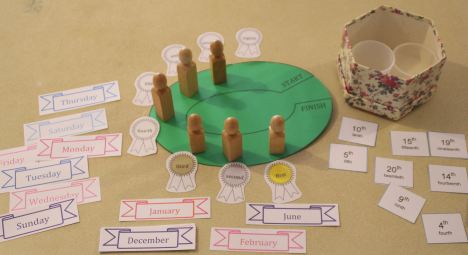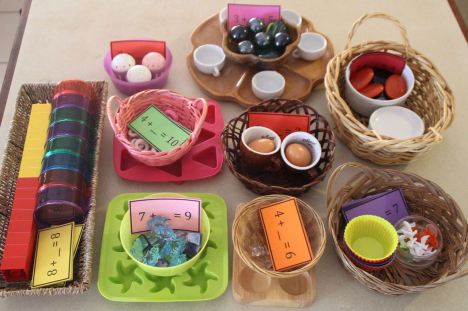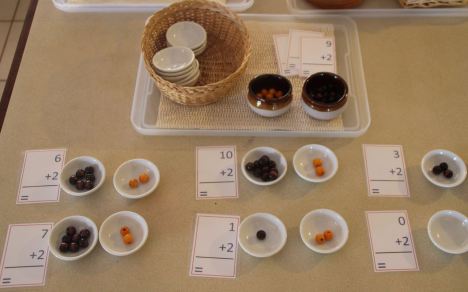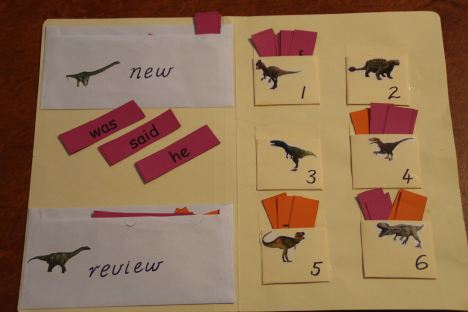
Diary writing is a wonderful way to teach writing skills with young children. The topic is relevant and interesting to them (all about themselves!!) and it provides a wonderful keepsake in the years to come. All aspects of spelling, grammar and punctuation etc. can be covered as the child writes and it includes copywork practice which I believe is essential for learning strong writing skills.
If you are not familiar with the concept of copywork and the reasoning behind it, the basic ideas is that children’s writing will best develop as they see excellent writing modelled. As they copy correct spelling, punctuation and other building blocks that successful writers use, they become familiar with these skills and are then able to put them into place in their own writing. (Google Charlotte Mason copywork for more information on this concept.)
The modern idea of children just “having a go” as they spell phonetically means that they are seeing incorrect “pictures” of wrong spelling, reinforcing these mistakes in their memory, rather than the correct spelling that they will see in copywork activities.
Once or twice a week I have my 6-year-olds draw a picture of a significant event that has occurred recently and then tell me about it. As they speak, I write down their words, leaving a line between each line of my writing. As I write, we discuss concepts such as:
- punctuation; capital letters and full stops
- spelling (I may have them tell me how to spell a sight word they are familiar with)
- phonics (I might ask how to write the “sh” sound in a word for example)
- descriptive words (is there a more interesting way to say “good?”)
Diary writing for children who are not yet forming letters correctly:
Another way to use diary writing that also works on reading skills and letter/word recognition is to have the child dictate a single sentence to you about the drawing they have made. You write the sentence into their diary book, leaving a full line blank between each line that you write and also write it a second time onto a separate strip of paper. The child then cuts the separate strip up into single words (word recognition is a concept in itself, as well as requiring scissor skills) which are then mixed around out of order. They must then match these words back up to the ones you have written on the page and glue them underneath, re-reading with your help to ensure it makes sense and is matched correctly.
For my son who struggles with fine motor control, pencil grips are a must. He also cannot copy the words underneath my writing, but traces over the top instead. I let him use good quality gel pens with a pencil grip at times because they make a nice dark line without much pressure being required and he likes them – anything to encourage writing!

When young children are doing any kind of writing, correct pencil grip is important. The longer they practise writing with incorrect grip, the harder it is to correct later, just like any other habit. For those who struggle, a good quality pencil grip is a must. It should be very soft and molded to keep fingers in the correct place. Our favourite has flaps like wings that spread out over the top of the thumb and pointer finger, stopping children from sliding their fingers up and over the top of the pencil grip in a fist style. Be wary of purchasing cheaper brands. I did so this year, being very happy to find 5 grips in a packet for the same price of just one I had bought previously, however these turned out to be made of a much firmer rubber and the children do not find them comfortable to use.
Other writing activities that my year 1 homeschoolers participate in:
- handwriting book. (Individual letter practice because learning to make letters the correct shape and starting at the right place is still important. Most children at this age are still making mistakes with this and again, we don’t want bad habits to form and have to be re-learnt later.)
- copywork. (Bible verses, character related, good quality literature examples.)
- finger strength building activities. (Plenty of time on activities that require fine-motor skills such as hand sewing, threading beads, Lego, playdough etc.)
- free time to choose drawing and writing. (They have desks in their bedrooms well-stocked with a variety of papers, envelopes, notepads, drawing and writing tools that they have access to during room time after lunch each day. They are always drawing or writing notes, cards and letters to friends and family. My reluctant writer has spent anything up to 30 minutes a day for several weeks now filling every single line of an A5 notepad with squiggly lines – his “writing.” Nothing I could have set for him would ever have got him to spend this long using a pencil!)
- writing in family birthday and thank you cards and letters to friends and relatives
That’s about it for writing in year one for us. With this foundation in place I know from experience that they will go on to successful writing in the future.
What do you do for writing in your homeschool?
Filed under: Homeschooling | Tagged: homeschooling multiple ages, homeschooling preschoolers, homeschooling with a large family, homeschooling year 1, how to teach writing | 2 Comments »















 We have started school for the year and the past week has been full of the usual teething problems that a new year and new programme presents. I started my 3 youngest students on a completely hands-on mathematics programme this term. After trialling it for a week, my 7 year old daughter has gone back to purely bookwork, using manipulatives only when absolutely necessary to understand a concept. She loves to work in books, especially brand new ones and it was killing her to have her maths book just sitting there while she was being forced to work through problems with manipulatives when she’d much rather do it on paper or in her head. My 7 year old son has settled on a midway compromise; one day of bookwork followed by one day of hands-on experiences to back up the concept being covered.
We have started school for the year and the past week has been full of the usual teething problems that a new year and new programme presents. I started my 3 youngest students on a completely hands-on mathematics programme this term. After trialling it for a week, my 7 year old daughter has gone back to purely bookwork, using manipulatives only when absolutely necessary to understand a concept. She loves to work in books, especially brand new ones and it was killing her to have her maths book just sitting there while she was being forced to work through problems with manipulatives when she’d much rather do it on paper or in her head. My 7 year old son has settled on a midway compromise; one day of bookwork followed by one day of hands-on experiences to back up the concept being covered.

















 In the early years we use Math-U-See because it does include manipulatives, has a DVD lesson format which means the children are not dependent on me to give them one-on-one teaching to explain each lesson and has a clean and simple set-out with a good progression from skill to skill. Early writers are given enough space to write large numbers and opportunities to use their manipulatives throughout. When more practise is required, I provide Montessori style hands-on activity trays until the concept is thoroughly grasped before the child continues on in the book.
In the early years we use Math-U-See because it does include manipulatives, has a DVD lesson format which means the children are not dependent on me to give them one-on-one teaching to explain each lesson and has a clean and simple set-out with a good progression from skill to skill. Early writers are given enough space to write large numbers and opportunities to use their manipulatives throughout. When more practise is required, I provide Montessori style hands-on activity trays until the concept is thoroughly grasped before the child continues on in the book.
